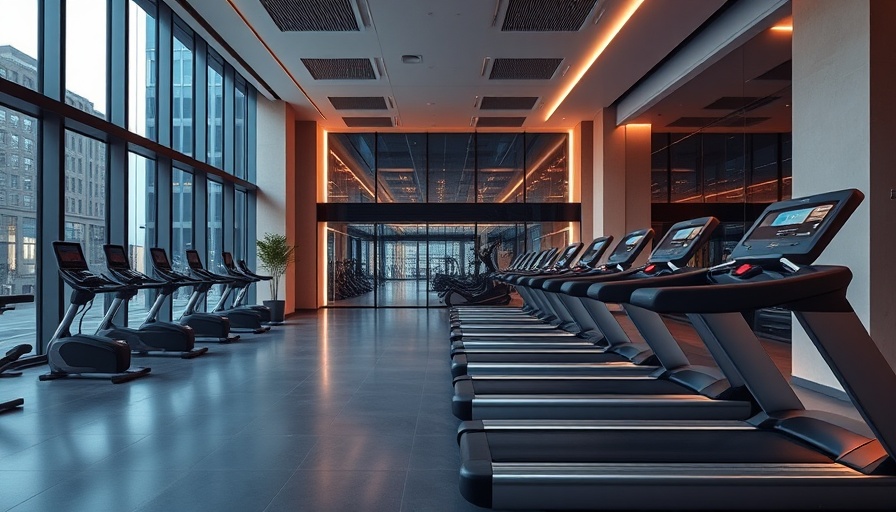
Wellbeing Architecture: Rethinking Our Built Environment
The World Health Organization describes health as 'a state of complete physical, mental, and social well-being.' This definition emphasizes that architecture should do more than merely house individuals; it should enhance their overall state of being. Wellbeing architecture aims to thoughtfully design environments that positively impact both mental and physical health, thus creating 'healthy buildings' that improve the lives of their inhabitants.
The Importance of Environmental Design
As we spend an increasing amount of time indoors, the spaces we occupy significantly influence our mental and physical well-being. Architects are now more than designers; they must become advocates for the human experience. By employing elements such as natural ventilation, living green walls, and open layouts, architects can facilitate positive mental states and promote healthy routines. For instance, research has shown that access to natural light and green spaces can elevate mood and cognitive function, leading to happier and healthier occupants.
Building for the Future: Trends in Wellbeing Architecture
Looking ahead to 2024 and beyond, the health-conscious architecture movement is expected to gain momentum. The wellness real estate market is anticipated to grow significantly, shaping a niche that seamlessly blends aesthetics, functionality, and health. Principles such as biophilic design—incorporating nature into architecture to restore our connection with the environment—will play a crucial role in this evolution.
Moreover, awareness around the importance of materials will drive a shift toward non-toxic and sustainable options in architecture. The selection of materials is critical since they directly affect indoor air quality and, consequently, occupant health. According to experts, integrating energy-efficient systems along with sustainable practices is essential for producing architectures that are both habitable and environmentally responsible.
Challenges and Opportunities in Wellness Design
Despite the increasing awareness of the impact of architecture on health, there remain numerous challenges. Many traditional designs overlook important factors such as natural light and noise levels, which can adversely affect health. However, the growing field of healthy architecture offers an opportunity to solve these issues creatively.
In particular, the rise of active design principles encourages movement within living spaces; this trend motivates architects to create inviting staircases or pedestrian-friendly pathways that promote physical activity. This aspect of design is particularly essential for residential buildings in urban spaces, where sedentary lifestyles can lead to various health issues.
A Personal Touch: The Role of Inclusivity in Design
The concept of inclusivity is greatly emphasized within wellbeing architecture. Understanding diverse needs and ensuring accessibility for people of all ages and abilities is critical. This means implementing universal design principles that create fluid and functional spaces for every occupant. By prioritizing inclusivity, designers can ensure that their wellness-focused spaces are truly conducive to all aspects of life.
Your Role in Promoting Healthy Living Spaces
As individuals, our choices matter. By supporting architects and builders who prioritize wellbeing in their designs, we can advocate for healthier living environments. Whether it’s choosing to inhabit buildings with known wellness features or supporting community initiatives aimed at improving local architecture, each action contributes to a larger movement toward healthier, happier living.
The Future of Wellbeing Architecture
As we delve deeper into the interconnectedness of our health and our spaces, it's clear that architecture is evolving. The shift towards wellbeing architecture is not just a trend; it’s a vital response to the modern world’s growing health challenges. From sustainable materials to biophilic design, the future of architecture looks bright and promises a healthier tomorrow. By prioritizing health in our built environments, we can cultivate a world where joy and well-being flourish.
Join the conversation about the future of architecture and how it can enhance our health and happiness. For architects and designers, this is an exhilarating time of innovation and opportunity. So, let’s reshape our spaces!
 Add Row
Add Row  Add
Add 






Write A Comment